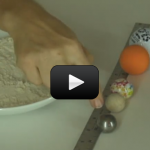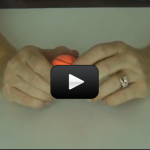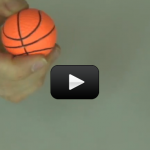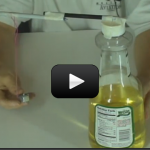All the different forms of energy (heat, electrical, nuclear, sound etc.) can be broken down into two categories, potential and kinetic energy.Think of potential energy the “could” energy. The battery “could” power the flashlight. The light “could” turn on. I “could” make a sound. That ball “could” fall off the wall. That candy bar “could” give me energy. Potential energy is the energy that something has that can be released. For example, the battery has the potential energy to light the bulb of the flashlight if the flashlight is turned on and the energy is released from the battery.
Your legs have the potential energy to make you hop up and down if you want to release that energy (like you do whenever it’s time to do science!). The fuel in a gas tank has the potential energy to make the car move.This lesson we’re going to talk about the two main categories of energy: potential and kinetic. We will talk about transfer of energy and we will also discuss conservation of energy and energy efficiency. This video gets you started on the right foot. We’ll outline what’s coming up for this week and how to get the most out of our lesson together. Enjoy!
Scientific Concepts:
- Potential Energy is the amount of energy something can use to do work.
- Gravitational potential energy is the amount of energy something has due to its height above the ground. The higher it is and more mass it has the more gravitational potential energy it has. PE=mgh
- Energy can be transferred, in other words it can be changed from one form to another and from one object to another.
- Conservation of energy means that in a closed system energy can neither be created or destroyed.
- Energy efficiency is how much energy in a system is transferred to useless energy. The most common forms of useless energy are sound energy and heat energy.





